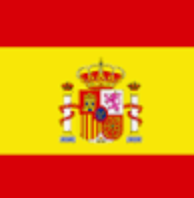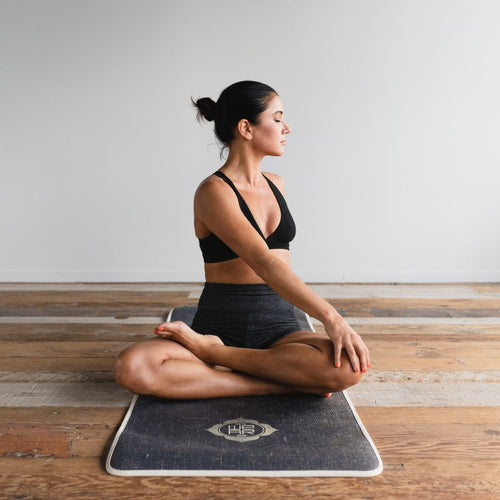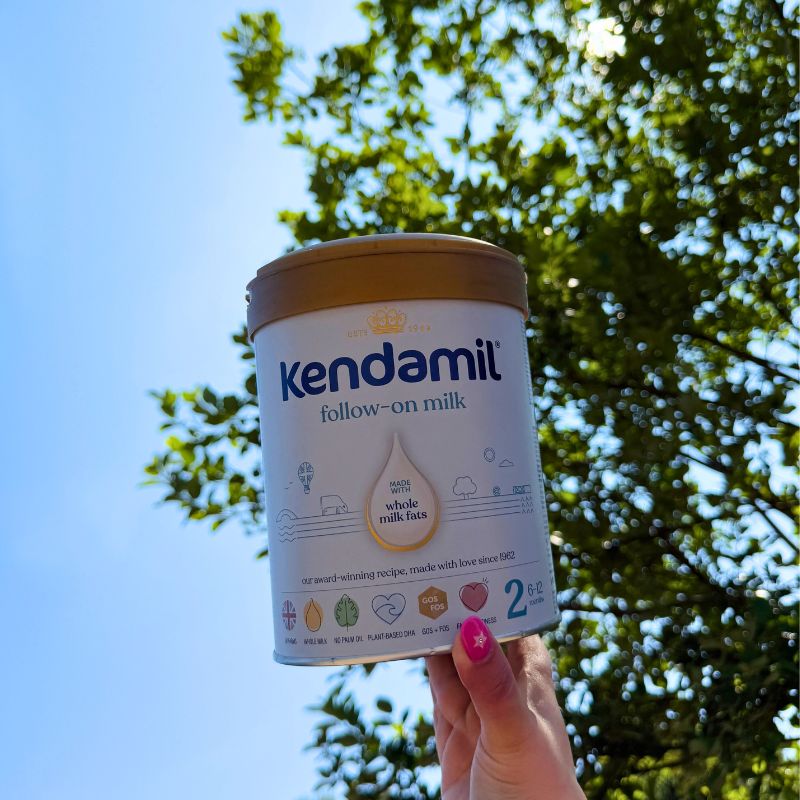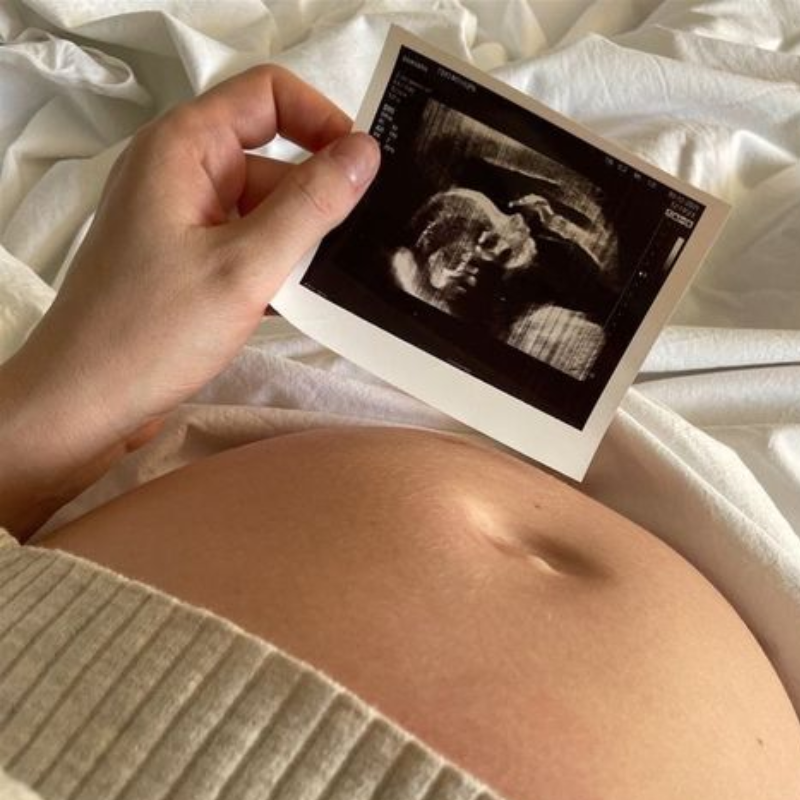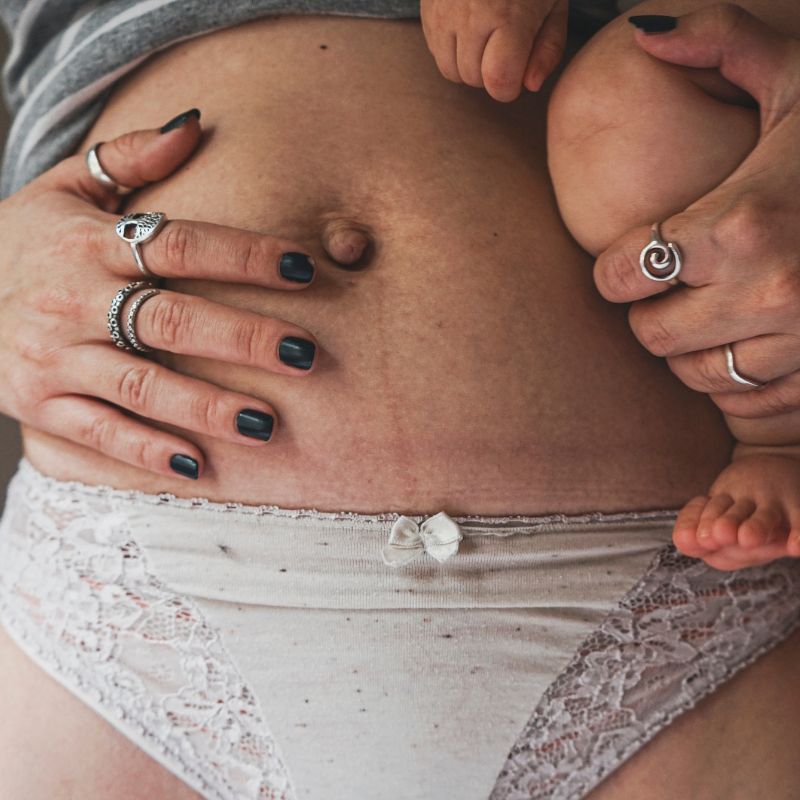Your body has been through some major changes during pregnancy and childbirth, and it needs time to heal. You may be keen to get your fitness and strength back but there are many things to consider before you dive back in.
In this blog, you’ll find the answers to lots of questions you may have about returning to exercise after having a baby - including some ideas on what you could try, featuring some great workout routines from postnatal specialist trainer Grace.
When can I start exercising after giving birth?
It is really important for you to prioritise your postpartum recovery and gradually ease back into exercise after having a baby. During the first six weeks of being a new mum, any focus regarding exercise should be on gentle movements, such as little walks out and about, or gentle stretching. You shouldn’t be jumping straight back into the gym until you have been signed off by your healthcare provider at your six week postnatal check. After this appointment, your healthcare provider will assess how ready you are to return to any form of exercise, and hopefully give you the green light.
Once you have the go ahead to resume exercise you might want to consider the below before you jump back into your pre-pregnancy workout regime.
Safe exercises after childbirth
How long should postnatal workouts be?
The length of postnatal workouts will vary based on your own fitness levels pre-baby, the type of birth you had, and how well your recovery has gone so far. Initially, aim for shorter sessions, around 20 to 30 minutes, and gradually increase duration as your strength and stamina improve.
What low-impact postnatal exercises can I do?
Low-impact postnatal exercises are excellent for gradually reintroducing physical activity without placing excessive stress on your body. Here are some gentle and effective options:
- Walking: A simple and accessible exercise, walking is a fantastic low-impact way to improve cardiovascular fitness. Start with short, leisurely walks and gradually increase the duration.
- Swimming: Water provides buoyancy, making swimming a low-impact, full-body workout. It's easy on the joints and offers a refreshing change. Remember to ask your healthcare provider when this is suitable if you have had a C-Section.
- Postnatal Yoga: Tailored yoga classes designed for postpartum women and run by a qualified trainer can enhance flexibility, strengthen core muscles, and promote relaxation. Focus on poses that prioritise gentle stretching and mindful breathing.
- Pelvic Floor Exercises: Essential for postpartum recovery, pelvic floor exercises help strengthen the muscles that support the pelvic organs. They can be done discreetly throughout the day.
- Stationary Cycling: Riding a stationary bike is a low-impact way to boost cardiovascular fitness. Adjust the resistance to your comfort level and progress gradually.
- Modified Strength Training: Incorporate light resistance exercises using resistance bands or bodyweight exercises. Focus on rebuilding core strength with exercises like bridges and leg lifts.
- Pilates: Postnatal Pilates emphasises core strength, flexibility, and overall body awareness. Look for classes specifically designed for postpartum women run by a qualified trainer.
- Deep Breathing Exercises: Incorporate diaphragmatic breathing exercises to enhance lung capacity and promote relaxation. This is especially beneficial for reducing stress and aiding in overall well-being.
Exercising after childbirth, your questions answered
What should I avoid when exercising postpartum?
It's really important to be mindful of certain activities and practices to ensure a safe and effective recovery after giving birth. You should try and avoid the following to make your recovery process as smooth as possible:
- Skipping Warm-Up and Cool Down - Always include a proper warm-up and cool-down before exercising, like a slow paced walk on the spot, and some stretches. Missing these can increase the risk of injury and hinder your body's ability to recover effectively.
- Intense Core Workouts - Avoid overly aggressive abdominal exercises, like crunches, especially during the early stages of postpartum recovery. Your abs are on the mend, so go for exercises that will ease them into action!
- Overexertion - Don’t push your body to its limits too soon. Overexertion can mess with your recovery, bringing along fatigue or potential injuries. Tune in to your body, take it easy, and gradually amp up the intensity and duration when the time feels right. There’s no rush!
Can I do high-intensity workouts postpartum?
It's usually advised that you avoid high-intensity workouts immediately postpartum. These put excessive strain on the pelvic floor and abdominal muscles. Activities like running or jumping can make any postpartum discomfort you're experiencing worse, and also increases the risk of injury. Once you do start high intensity workouts, these should be started very gradually, and with guidance from professionals.
Is it safe to lift weights postpartum?
Absolutely, but it's important to do this cautiously. Begin with very light weights and focus on rebuilding core strength before progressing to heavier loads. Consulting with your GP, midwife, or health visitor is crucial to ensure that lifting weights won’t set your recovery back, as we don’t want you to experience any injuries.
Can I do cardio workouts after giving birth?
Cardio workouts can be included in your postpartum fitness routine, but it's important to start with low-impact activities and then progressively increase the intensity. Walking, swimming, or stationary cycling are great options to get you started! Listen to your body, and check in with healthcare professionals to help decide when it’s ok to safely transition into higher-impact cardio exercises.
What are signs that I should modify my postnatal exercise routine?
Symptoms that you should modify or stop your exercise routine include the following:
- Pain or discomfort
- Dizziness
- Excessive fatigue
- Incontinence
- Feeling of heaviness in the pelvic area
If you experience these symptoms, it's crucial to modify your routine and consult with your healthcare provider. Always prioritise your well-being and adjust your workout routine accordingly.
Healing exercises after childbirth
Recovery exercises post-pregnancy are a really important part of the healing process. Diastasis recti, pelvic stability and C-section recovery are common concerns for many women after childbirth. Let's delve into each of these concerns and look at suitable exercises to help with recovery:
Diastasis recti: A condition where the abdominal muscles separate due to the stretching and thinning of the connective tissue during pregnancy. This separation can lead to a visible gap between the left and right sides of the abdominal muscles.
Diastasis recti exercises:
- Transverse Abdo Activation: Engage your deep abdominal muscles by pulling your belly button toward your spine while exhaling.
- Pelvic Tilts: Lie on your back, gently rock your pelvis back and forth, engaging your core muscles.
- Leg Slides: While lying on your back, slide one leg along the floor at a time, keeping your core engaged.
Pelvic stability: This is essential for overall core strength and preventing issues such as back pain and pelvic floor dysfunction. Pregnancy and childbirth can impact pelvic stability, making it important to incorporate exercises that focus on stabilising the pelvis.
Pelvic stability exercises:
- Bridges: Lie on your back, lift your hips, and squeeze your glutes to stabilise the pelvis.
- Clamshells: While lying on your side, open and close your legs like a clamshell, engaging the hip muscles.
- Plank (Modified): Start with a modified plank on your knees, engaging your core and keeping your spine neutral.
C Section recovery: Recovering from a caesarean section (C-section) is a unique process that requires special attention and care. Unlike vaginal deliveries, C-sections involve abdominal surgery, which means recovery typically takes longer due to the incision and the impact on the abdominal muscles. A lot of the exercises to help this may initially feel like you’re doing nothing, but trust us, a little can go a long way towards your healing and recovery journey!
Post-c-section exercises:
- Deep Breathing Exercises: Gentle diaphragmatic breathing helps increase lung capacity and promotes relaxation, crucial for reducing stress on the abdominal muscles.
- Gentle Abdominal Contractions: Contracting the abdominal muscles gently while lying down can promote blood flow to the incision site and activate the core muscles without causing strain.
- Pelvic Tilts: While lying on your back, gently rock your pelvis back and forth. This exercise engages the core muscles without putting excessive stress on the incision.
Your body after baby
Embracing your body after childbirth can be really tricky for a lot of people. It’s normal and extremely common to experience changes in your tummy, including stretched skin and shifts in muscle tone. Postpartum exercises play a vital role in regaining strength and overall well-being, which is far more important than the idea of rapid weight loss. Goals to focus on should be prioritising the restoration of energy, strength, and overall health.
Instead of restrictive diets, focus on nourishing your body with a variety of nutrients, including healthy fats, lean proteins, whole grains, and complex carbohydrates like whole wheat pasta, brown rice and beans. Your body has been through so much during pregnancy and childbirth, and it’s important to replete those energy sources.
Postnatal workout routines
We’ve teamed up with postnatal specialist trainer Grace from mummy fitness group Sweaty Mama Beckenham to create a unique and tailored free, online workout routine for postpartum mums. Grace’s workouts are perfect for exercising at home as no equipment is needed and can be done while baby naps within 20-30 minutes.
As an expert in postnatal fitness, Grace understands the unique challenges of postpartum recovery and tailors each move to suit your abilities and postnatal recovery stage.
Whatever your fitness level you can get active again and regain your strength with Grace’s quick and simple postnatal exercise routines.
Cardio and Core Postpartum Workout Routine
Core and Mobility Postpartum Workout Routine
Legs and Bum Postpartum Workout Routine
Finding postnatal fitness classes and trainers
Looking for a postnatal workout class near you? It can be really nerve wracking, but just remember - everyone is in the same situation. Your instructor should always tailor any exercises to suit your recovery journey, so make sure you’re honest with them about any issues you’re having. Always check that any trainer running a postnatal class has the correct qualifications.
Check out some groups and classes below to help get you started.
- The Bump Plan: https://www.instagram.com/thebumpplan/
- Sweaty Mama Classes: https://sweatymama.com/
- Buggy Fit classes: https://www.buggyfit.co.uk/
- NCT Mother & Baby Yoga: https://www.nct.org.uk/courses-workshops/nct-mother-and-baby-yoga
- Pre/postnatal specialist trainer Grace: https://www.instagram.com/grace_st_pt/
- Bumps & Burpees Postnatal Fitness Subscription: https://www.bumpsandburpees.com/post-natal-fitness-plan
- BodyFitByAmy (scroll to bottom for postnatal exercises): https://www.youtube.com/playlist?list=PLMHMyl3oeyh1EjXr_VvHH_TtMyhT2jLIo
Regaining your pre-baby fitness levels and strength requires patience, consistency, and a holistic approach to well-being. Your postpartum recovery should be your main focus those first few months. Learn to slow-down, celebrate small victories, and remember that getting back to the you, you knew before baby came along may take some time but you’ll get there eventually.


